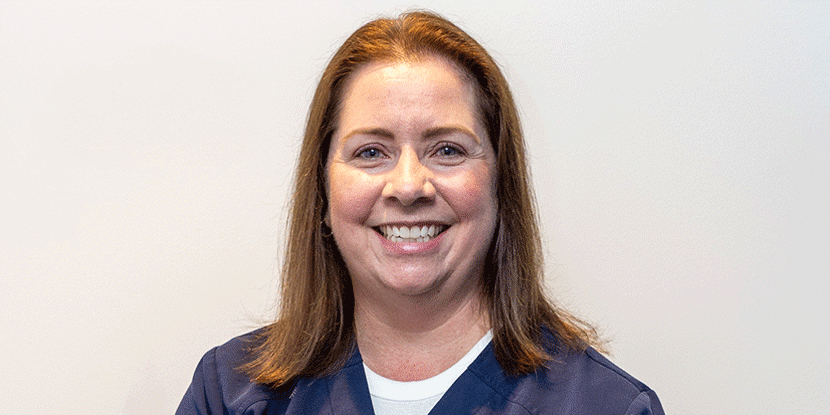Six Types of Knee Pain and How to Treat Them
- Category: Knee, Sports Medicine
- Posted On:
- Written By: Taylor Dunphy, MD

Knee pain can happen for a variety of different reasons. We spoke with HOI orthopedic surgeon, Dr. Taylor Dunphy, to discuss the most common causes of knee pain and how to treat it.
Q: What are the most common causes for knee pain?
A: Knee arthritis is very prevalent and is the result of the gradual loss of cartilage. It can be caused by previous trauma, cumulative wear, or can be genetic. Arthritis pain usually has a slow onset and is progressive in nature. Arthritis usually results in dull pain, swelling, and loss of motion. Physical therapy, low impact exercise, weight loss, Tylenol and NSAIDs, have been shown to improve arthritis pain.
Knee tears can occur in the meniscus, ligaments, and tendons surrounding the knee. These are usually due to trauma, falls, or sports. The pain tends to be sudden onset, and sharp in nature.
Meniscus tears usually result in mild swelling, sharp pain at the sides or back of the knee. Meniscus pain is usually aggravated by squatting and twisting type maneuvers. Meniscus tears can largely be treated conservatively with NSAIDs, steroid injections, and physical therapy. In younger, active individuals, or those with a “locked” knee, surgery may be required.
Ligament tears, such as ACL, MCL, LCL, or PCL tears result in sharp pain, swelling, and feelings of instability. MCL, LCL, and PCL tears can usually be treated without surgery with bracing and physical therapy. While ACL tears in young, athletic individuals require surgery.
Tendon tears of the patellar, and quadriceps tendons, are usually result of a fall or a quick explosive movement like jumping. Tendon tears result in pain, loss of strength, and difficulty extending the leg. Partial tears can be treated with physical therapy, icing and NSAIDS, while full tears need surgery.
Knee tendonitis is typically caused by overuse injuries, commonly found in runners or in athletes. Tendonitis can affect the hamstrings, quadriceps, and patellar tendons. This pain is usually achy in nature and is worsened with activity. Tendonitis is rarely debilitating but can lead to more chronic pain. Tendonitis is largely treated without surgery, and will respond with NSAIDs, and physical therapy.
Q: What advice do you have for those who may be experiencing knee pain?
A: For patients who have sudden onset knee pain from trauma which results in limitations in strength, range of motion, or sensations of instability; they should immediately ice, apply compressive sleeve or wrap, take an NSAID (if safe), and seek an urgent evaluation by an orthopedic surgeon.
For patients who have chronic knee pain, I would recommend trying Tylenol or NSAIDs, Ice, use a compression sleeve, and try the home exercises above. If this is not improving symptoms within 6 weeks, then a consultation with an orthopedic surgeon is warranted. The surgeon will get imaging and often recommend formal physical therapy.

